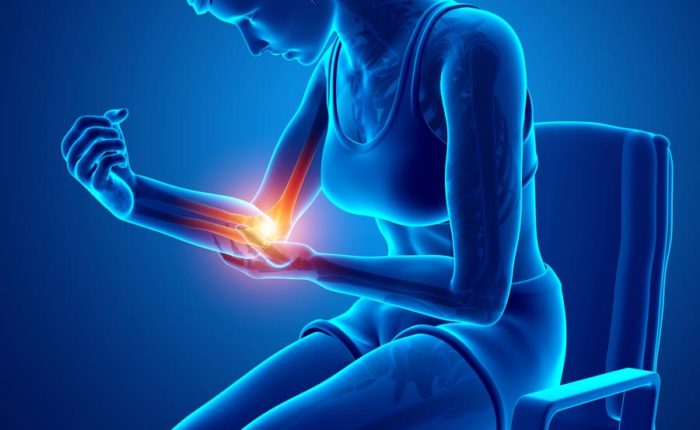Golfer’s elbow is a condition that causes pain where the tendons of your forearm muscles attach to the bony bump on the inside of your elbow. The pain might spread into your forearm and wrist. Golfer’s elbow is similar to tennis elbow, which occurs on the outside of the elbow. It’s not limited to golfers. Tennis players and others who repeatedly use their wrists or clench their fingers also can develop golfer’s elbow.
The pain of golfer’s elbow doesn’t have to keep you off the course or away from your favorite activities. Rest and appropriate treatment can get you back into the swing of things!
Causes of Golfer’s Elbow
Golfer’s elbow, also known as medial epicondylitis, is caused by damage to the muscles and tendons that control your wrist and fingers. The damage is typically related to excess or repeated stress — especially forceful wrist and finger motions. Improper lifting, throwing or hitting, as well as too little warm-up or poor conditioning, also can contribute to golfer’s elbow.
Many activities can lead to golfer’s elbow, including:
- Golf. Gripping or swinging clubs incorrectly or too forcefully can take a toll on your muscles and tendons.
- Racket sports. Excessive topspin can hurt your elbow. Using a racket that’s too small or heavy also can lead to injury.
- Throwing sports. Improper pitching technique in baseball or softball can be another culprit. Football, archery and javelin throwing also can cause golfer’s elbow.
- Weight training. Lifting weights using improper technique, such as curling the wrists during a biceps exercise, can overload the elbow muscles and tendons.
In addition, any activity that requires repeatedly bending and straightening your elbow can cause golfer’s elbow. This includes painting, raking, hammering, chopping wood, using a computer, doing assembly-line work and cooking. A day or two of yardwork or cooking for company usually won’t cause golfer’s elbow, though. The activity generally needs to be done for more than an hour a day on many days to cause a problem.
Risk Factors
You could be at higher risk of developing golfer’s elbow if you’re:
- Age 40 or older
- Performing repetitive activity at least two hours a day
- Obese
- A smoker
Complications
Left untreated, golfer’s elbow can cause:
- Chronic elbow pain
- Limited range of motion
- A lasting, fixed bend (contracture) in your elbow
Physical Therapy Can Help Relieve Golfer’s Elbow!
SOL Physical Therapy + Performance can help you take the steps necessary to relieve and prevent golfter’s elbow! Physical Therapy treatments at SOL involve a very specific “eccentric” exercise strengthening program in conjunction with gentle stretching exercises to gradually repair the damaged muscles and tendon. This program must be monitored closely to prevent exacerbation of symptoms. Joint mobilization of the elbow can decrease stiffness and improve the ability to recruit muscles without pain. Rest from aggravating activity may be required to some extent to allow healing to occur. Supportive braces can allow a greater tolerance of return to activity. Your physical therapist can advise a brace that is appropriate.


